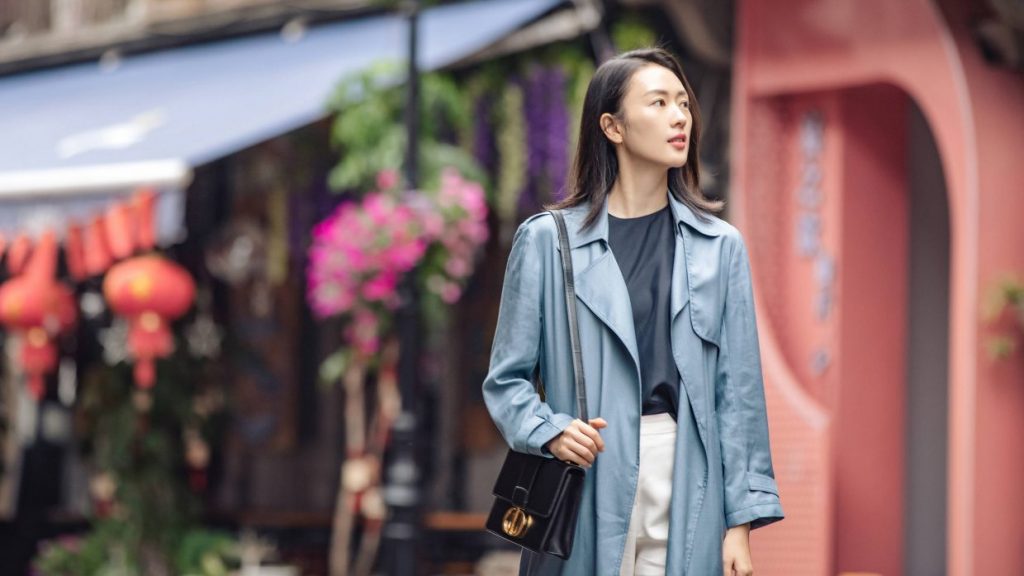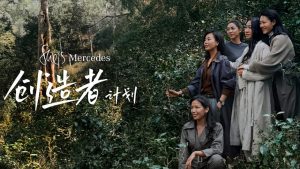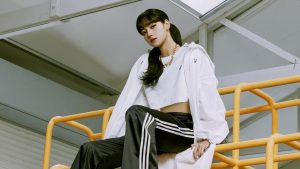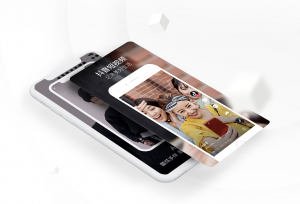Korean and Chinese dramas have become trendsetters in the domestic market, as fashion looks in these shows often get imitated by local consumers, especially young women.

With the hashtag #DramaIreSyndrome hitting 110 million views on Weibo, are luxury TV seedings starting to become a bad idea for brands?
Key Takeaways:
The hashtag #DramaIreSyndrome is resonating with netizens, hitting 110 million views on Weibo recently.
Yunhe data shows that 59 percent of the C-drama watchers were women in 2020, and 70 percent of those were in the age category of 20-39, coinciding with the top luxury target.
The exposure gained through luxury product seedings in popular TV shows is definitely worth an investment. The show “Nothing but Thirty,” for example, garnered 4 billion views within 18 days of its release.
“[In teleplays,] they always take a taxi or have someone picking them up, live in luxurious apartments in the city center, and every day are dressed with luxury brands head to toe… But the plot says they come from ordinary families and only make 3000 yuan ($465) per month,” reads a user post on Weibo alongside the hashtag #DramaIreSyndrome. It’s a tag that resonated immediately with Chinese netizens, recently hitting 110 million views on Weibo.
That is because drama watchers are upset at how luxury product seedings are ruining many TV series plotlines. “Drama ire syndrome” (#剧怒症) derives from the anger audiences feel when their favorite narratives fail to live up to the standards of conventional wisdom.
For instance, in the popular teleplay “My Best Friend’s Story” (“流金岁月”) Zhu Suosuo, one of the leading figures, who saw her parents divorce at an early age and grew up with a poor uncle, recently appeared on-screen in a red Givenchy dress and Loewe handbag. For this character, this was an unrealistic outfit. But with high-end brands fighting to dress key characters in popular Chinese TV dramas, this problem has only gotten worse. Continue to read the full article here





